What is the UV Index?
Jeunesse MedSpa® | February 1, 2020 | no responses |
Skin
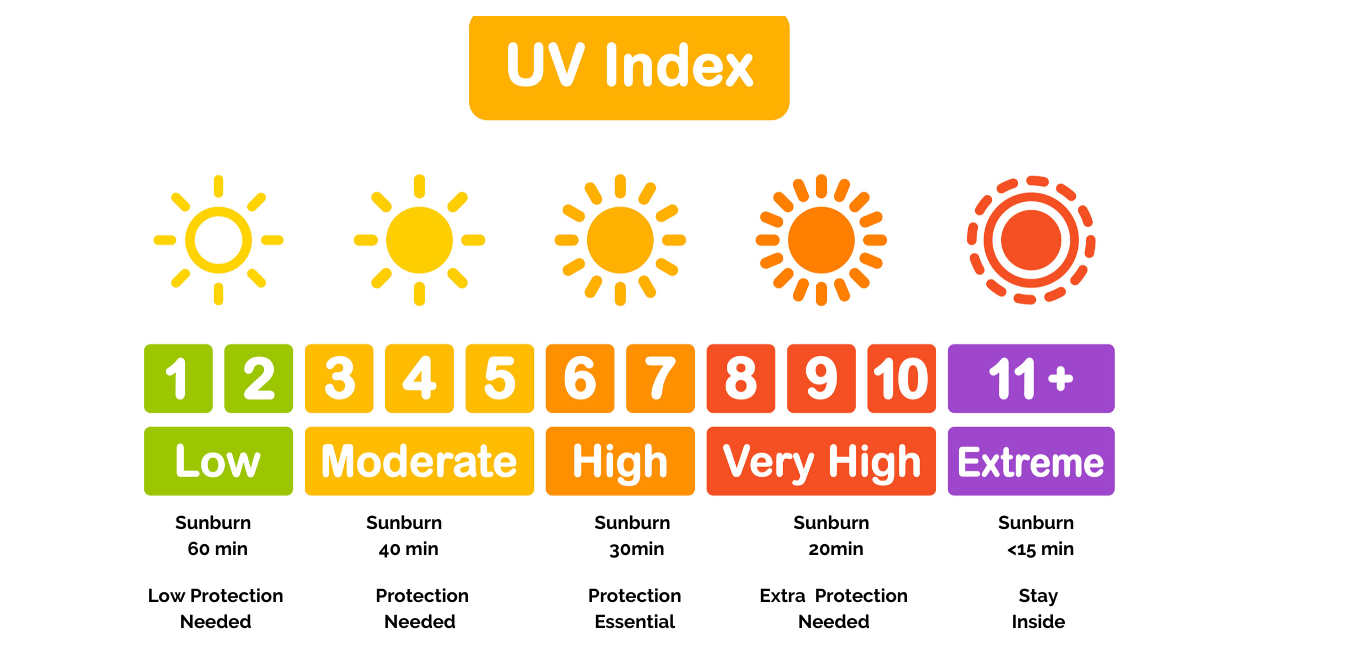
You may have heard us talk about UV index, or noticed it on most good weather forecasts (although it’s always incorrectly listed as 0 on the iPhone weather app), but what is it and is it relevant?
The ultraviolet index or UV Index is an international standard indicator of the intensity of sunburn-producing ultraviolet (UV) radiation exposure. It predicts the risk of sunburn depending on weather conditions. ⛈☀
It allows you can take appropriate precautions to avoid sun damage and sunburn which is the leading cause of ageing skin, skin cancer and cataracts. And there definitely isn’t any magic beauty cream to undo the premature ageing effects of the sun.
The WHO recommends sun protection if the UV index is greater than 2 – Here in NZ over it is almost always well above 3, with the recent sunny summer average about 10!
The UV index uses an easy to read number and colour scale:
? 0-2 GREEN (low risk)
? 3-5 YELLOW (moderate risk)
? 6-7 ORANGE (high risk)
? 8-10 RED (very high risk)
? 11 onwards PURPLE (extreme risk)
Sun Protection required based on level of UV radiation .

Factors that influence the UV index:
- SUN ANGLE ☀️ – the lower the angle, the further through the atmosphere the rays have to travel, reducing the UV radiation. Therefore, the rating changes hourly with it at its highest at noon.
- LATITUDE ✈ – the closer to equatorial regions, the higher the UVI.
- ALTITUDE⛰ – at higher altitudes the atmosphere is thinner at higher and less UVR is absorbed.
- CLOUDINESS☁ – Clear days have the highest UVI, but even with cloud cover, UVI can be high. Scattered cloud can result in the UVI being even higher if the sun is unobscured by clouds, because of reflection from cloud edges.
- OZONE ? – the Ozone layer absorbs some of the UV radiation and varies in NZ seasonally, being at its highest and thinnest during autumn. It thins during the summer.
- REFLECTION ? – UVR is reflected by different surfaces eg snow can reflect as much as 80% of UVR, sand about 15%, and sea foam about 25%.
The Shadow Rule
A simple easy way to help you work out when the sun is strong and to tell how much UV exposure you are getting is to apply the ‘SHADOW RULE’.
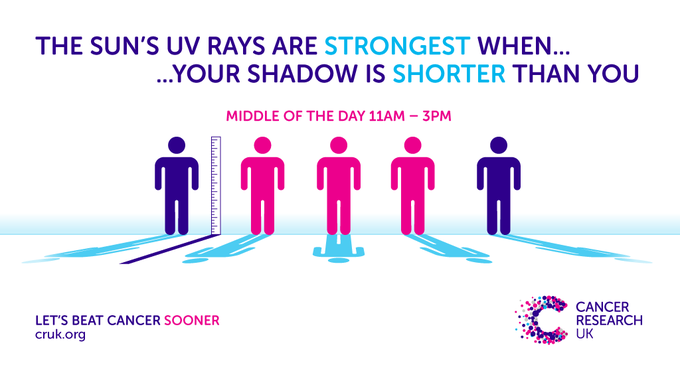
If your shadow is shorter than you are, usually around midday, that means the sun’s UV rays are strong and you are you are being exposed to higher levels of UV radiation. So, you need to take care and protect your skin, especially if you burn easily.
If your shadow is taller than you are, in the early morning and late afternoon, your UV exposure is likely to be lower, but you still need to protect your skin
UV Index App.
Did you know you can get a FREE UV Index app. Our favourite is UV Lens.
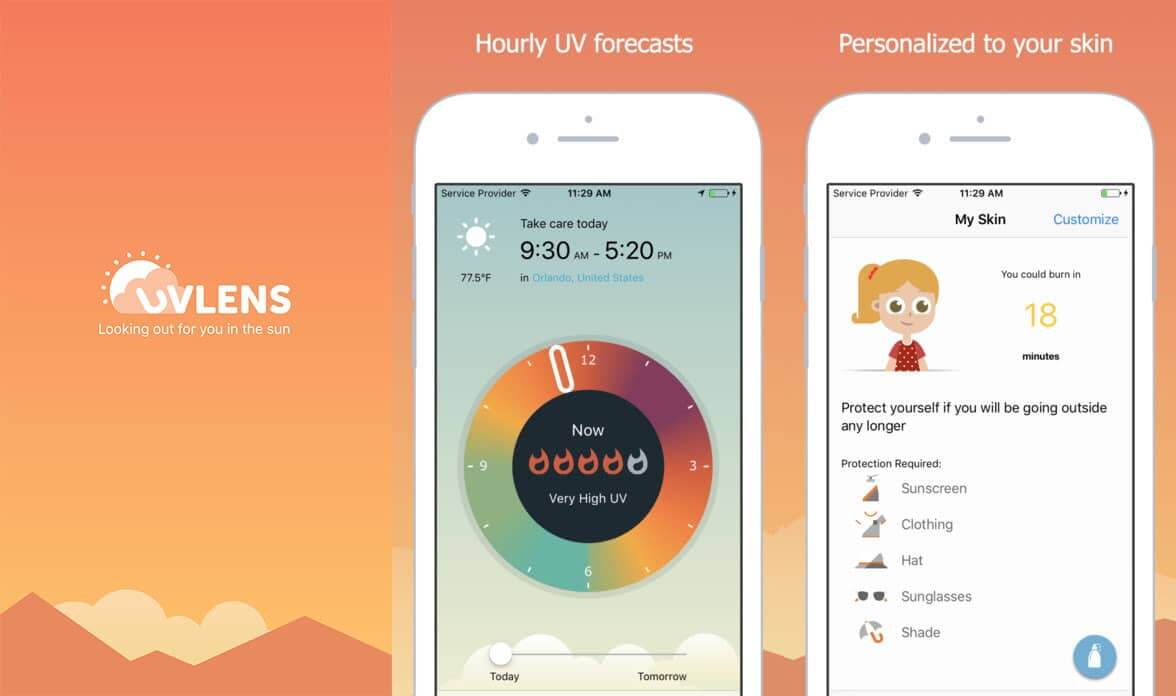
We love this app because it allows you to personalize the recommendations based on your skin type, has a sunscreen reminder alarm (so you have no excuse when you are losing time having fun at the beach) and a widget that lets you see the UV index on your home screen. Give it a try esp since its free.
Understanding and using the UV index is a great way to visualize the sun’s danger and be reminded and encouraged to use common sense precautions.
We advise that you
#Slip on some clothing,
#Slop on sunscreen SPF 30
#Slap on a broad brimmed hat
#Seek shade
#Slide on some wrap around sunglasses to maximise your protection.
Accuweather UV Index
Dermnet UV Index
Enjoy this article? Don't forget to share.









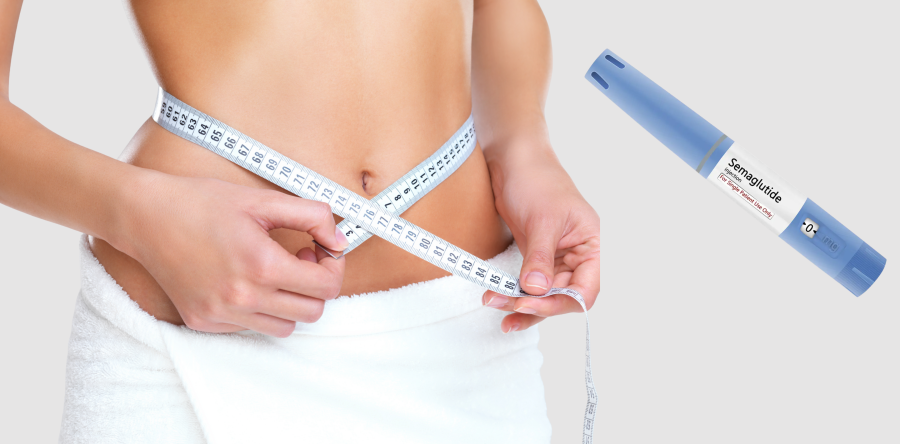
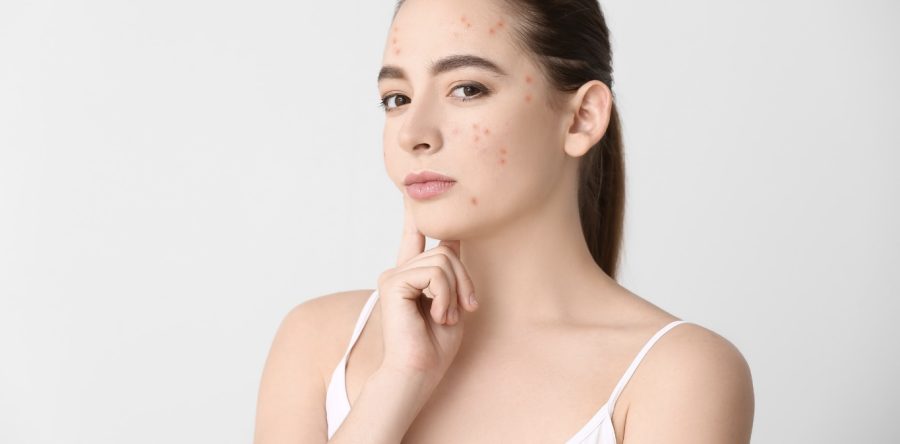
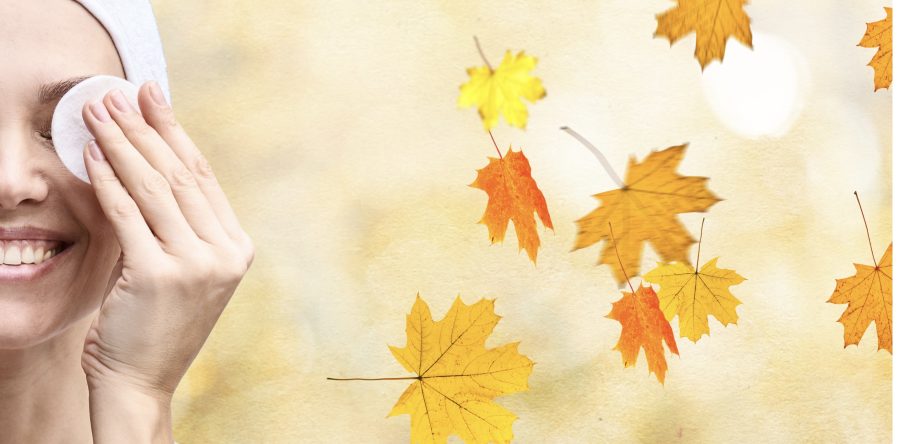
Leave a Reply